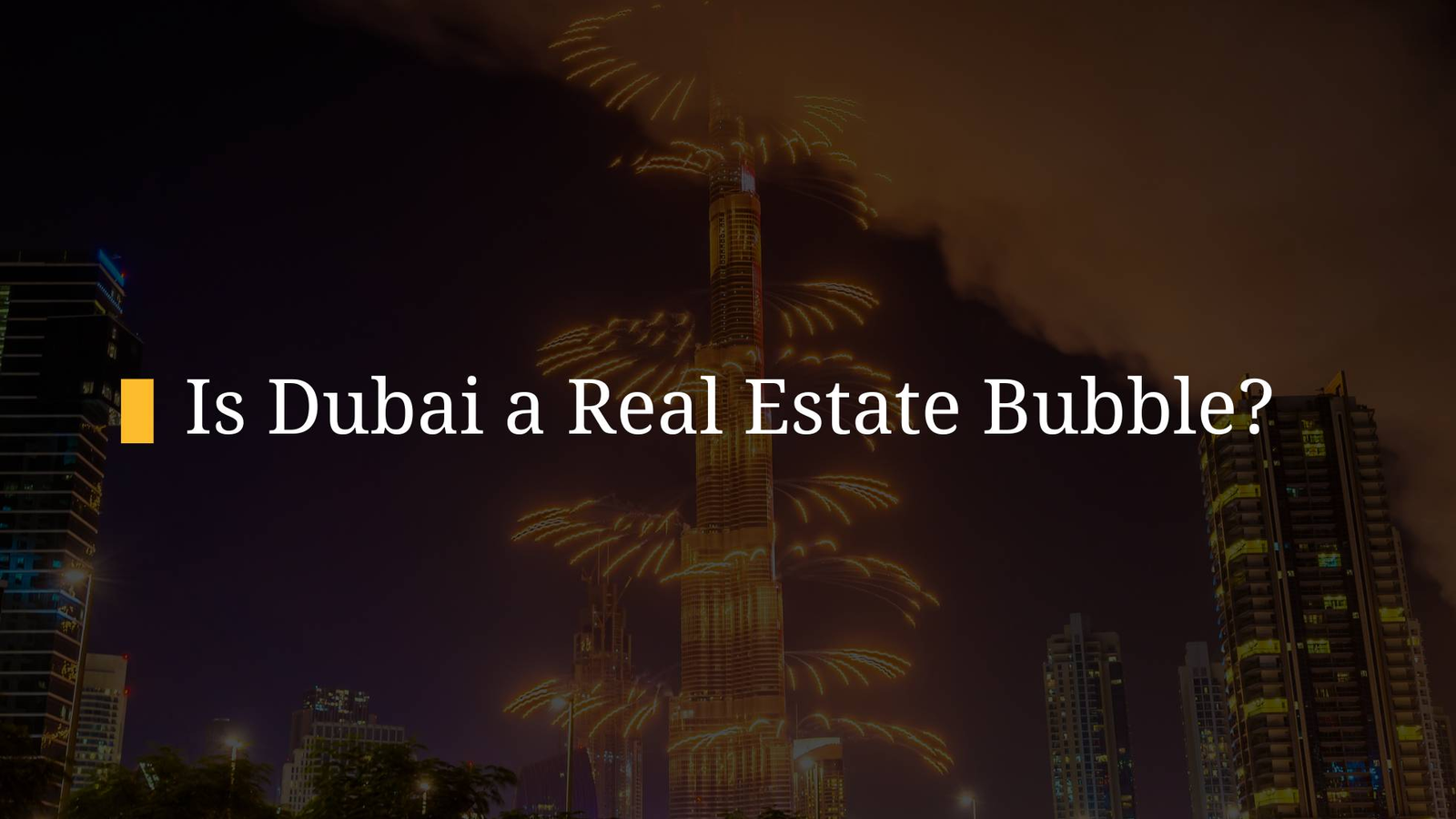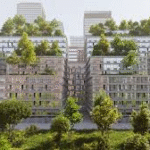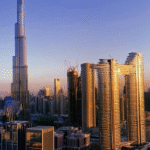Now Reading: Effect of visa reforms on foreign investment – Golden Visas + 100% ownership
-
01
Effect of visa reforms on foreign investment – Golden Visas + 100% ownership
Effect of visa reforms on foreign investment – Golden Visas + 100% ownership
Table of Contents
The UAE’s visa reforms, particularly the Golden Visa program and the introduction of 100% foreign ownership policies, have significantly transformed Dubai’s real estate market, driving foreign investment and contributing to the luxury villa boom and the broader property market’s approach to pre-2008 records.
These reforms have made Dubai an attractive destination for high-net-worth individuals (HNWIs), entrepreneurs, and investors, particularly in prime areas like Dubai Marina, Palm Jumeirah, and Dubai Hills Estate. Below is a detailed analysis of how these reforms have impacted foreign investment, with a focus on their role in the villa market and overall property dynamics.
The UAE’s visa reforms, notably the Golden Visa program launched in 2019 and the relaxation of ownership laws allowing 100% foreign ownership in designated sectors, have catalyzed a surge in foreign direct investment (FDI) in Dubai’s real estate market.
These policies have fueled the luxury villa boom (9,000 villas completed by end-2024, with 19,700 planned for 2025) and propelled the property market toward pre-2008 peak levels, with transaction values reaching AED 488B in 2024. Below, we explore how these reforms have driven foreign investment, their specific impact on the luxury villa sector, and their implications for renting versus buying in prime areas like Dubai Marina.
Key Visa Reforms Driving Foreign Investment
1. Golden Visa Program
- Overview: Introduced in 2019, the Golden Visa offers 5- or 10-year renewable residency to investors, entrepreneurs, skilled professionals, and other talents without requiring a local sponsor. Real estate investors qualify by purchasing property worth AED 2M ($545,000) or more, while other categories (e.g., entrepreneurs, talented individuals) have varying thresholds.
- Recent Updates:
- As of 2024, the requirement for a 50% down payment on mortgaged properties for Golden Visa eligibility was eliminated, making it more accessible for real estate investors.
- A pilot nomination-based Golden Visa scheme, launched in July 2025 for residents of India and Bangladesh, allows lifetime residency for a one-time fee of AED 100,000 (~$27,000) without property or business investment, signaling a potential shift to broaden access.
- New categories, such as educators (since October 2024) and gaming industry professionals (Dubai Program for Gaming 2033), expand eligibility.
- Benefits:
- Long-Term Residency: 10-year residency (renewable) with no six-month stay requirement, unlike traditional visas, offering flexibility for global investors.
- Family Sponsorship: Includes spouse, children (unmarried daughters of any age, sons under 25), and unlimited domestic helpers, appealing to families.
- Tax Advantages: No personal income tax, capital gains tax, or inheritance tax, maximizing investment returns compared to markets like India or Europe.
- Business Opportunities: Holders can work, start businesses, and access world-class infrastructure, education, and healthcare.
- Global Mobility: Visa-free travel to 133 countries and visa-on-arrival to 47, enhancing Dubai’s appeal for HNWIs.
2. 100% Foreign Ownership
- Overview: Since 2021, the UAE has allowed 100% foreign ownership in most mainland commercial sectors and freehold zones (e.g., Dubai Marina, Palm Jumeirah), eliminating the need for a local partner (previously 51% local ownership was required). Free zones offer additional incentives like tax exemptions and full profit repatriation.
- Impact on Real Estate: Foreigners can fully own properties in over 50 freehold zones in Dubai, including luxury villa communities like Emirates Hills and Dubai Hills Estate. This has streamlined property purchases and increased investor confidence.
- Business Incentives: 100% ownership in free zones supports entrepreneurship, with no corporate or income taxes for specified periods, attracting investors to diversify into real estate and other sectors.
Impact on Foreign Investment
1. Surge in FDI and Wealth Migration
- FDI Growth: The UAE attracted $12.8B in FDI in 2023, with Dubai as the primary hub. Golden Visas issued rose from 40,000 in 2021 to 79,617 in 2022, and over 150,000 by 2025, reflecting increased investor interest.
- HNWI Influx: Dubai welcomed 7,200 millionaires in 2024 (following 4,700 in 2023), with 64% of global HNWIs expressing interest in UAE property investment. The Golden Visa’s low investment threshold (AED 2M) and tax-free environment have drawn investors from India, Russia, the UK, and Europe.
- Nomination-Based Visa Impact: The 2025 pilot scheme (AED 100,000 fee) is expected to attract more Indian investors, potentially diverting $20B in remittances from India’s luxury real estate market, as noted in X posts. This could further boost Dubai’s property demand.
2. Luxury Villa Boom
- Market Performance: The luxury villa segment is a key driver of Dubai’s market, with 9,000 villas completed by end-2024 and 19,700 planned for 2025 (though delays may reduce this to 14,000). Villa sales surged 65% in Q1 2025 (10,185 transactions, AED 53.4B), with prices up 26%–32% in 2024.
- Golden Visa Contribution: The AED 2M property investment threshold aligns with villa prices in prime areas (e.g., AED 25M on Palm Jumeirah, AED 1.9M in Arabian Ranches), making villas a popular choice for Golden Visa eligibility. In 2024, 43% of HNWIs with $15M+ wealth targeted Dubai villas for personal use or investment.
- Prime Communities:
- Palm Jumeirah: Villas average AED 25M, with 7.7% price growth and 28 $10M+ sales in Q2 2025.
- Emirates Hills: Ultra-luxury mansions up to AED 100M, with 17.8% price growth.
- Dubai Hills Estate: Family-friendly villas with 6.17% rental yields, driven by Golden Visa investors seeking residency and returns.
- Supply Constraints: Only 16 villas in the AED 5,000+/sqft category were delivered in 2024, and $25M+ inventory dropped 85%, fueling bidding wars and price spikes.
3. Real Estate Market Dynamics
- Price and Transaction Surge: Average property prices reached AED 1,750/sqft in 2025 (up 75% since 2021), nearing pre-2008 peaks when prices quadrupled. Transactions hit 169,000 in 2024 (AED 488B), surpassing 2015’s 63,000. The Golden Visa has shifted investors from rentals to purchases, boosting the secondary market.
- Freehold Zones: 100% ownership in freehold zones like Dubai Marina and Downtown Dubai has driven 91 sqm of prime residential space per $1M invested, compared to 43 sqm in Sydney.
- Off-Plan Dominance: Over 60% of 2024 sales were off-plan (25,000 transactions, AED 53.9B in Q1 2025), with Golden Visa investors favoring flexible payment plans (10%–20% down) and 15%–20% appreciation before completion.
4. Comparison to Pre-2008 Market
- Pre-2008 Context: The 2008 boom was driven by speculative investments, lax regulations, and oversupply (52,297 units in 2008–2009), leading to a 40%–60% price crash. Foreign ownership was limited, and visa options were restrictive, deterring long-term investment.
- 2025 Context: The Golden Visa and 100% ownership policies have created a demand-driven market, with 60% of Q3 2024 transactions cash-based, reducing debt risks. Regulatory reforms (e.g., escrow accounts, RERA) ensure project completion, unlike 2008’s AED 1.1T in stalled projects. Population growth (3.92M in 2025) and tourism (19M visitors in 2024) further support demand.
Implications for Renting vs. Buying
The visa reforms and ownership policies impact the rent-versus-buy decision, particularly in the context of the luxury villa boom and prime areas like Dubai Marina.
Renting
- Rising Rents: Villa rentals in prime areas rose 10% in 2024, with 7%–9% growth projected for 2025. For example, Palm Jumeirah villas average AED 450,000/year, while Dubai Hills Estate offers 6.17% yields. Short-term rentals (30% demand increase) yield up to 15% ROI.
- Advantages: Renting suits short-term residents (1–3 years) or those avoiding high upfront costs (AED 22,500–45,000 for villas vs. AED 1M+ for buying). The three-year rent freeze (effective September 2024) provides cost stability.
- Drawbacks: Renters miss capital appreciation (26%–32% for villas in 2024) and Golden Visa benefits, limiting long-term financial gains.
- Visa Impact: The nomination-based Golden Visa (AED 100,000) may increase rental demand by attracting more expatriates without property investment, potentially pushing rents higher.
Buying
- Investment Potential: Villas offer 6%–9% rental yields and 26%–32% price growth, with prime areas like Palm Jumeirah and Emirates Hills benefiting from Golden Visa-driven demand. A AED 25M villa could yield AED 1.5M/year in rent, offsetting mortgage costs (AED 100,000–150,000/month for a AED 20M loan at 4%).
- Golden Visa Incentive: The AED 2M threshold makes villas an attractive path to 10-year residency, with family sponsorship and tax-free returns. The relaxed mortgage rules (no 50% down payment) lower entry barriers.
- 100% Ownership: Full ownership in freehold zones enhances investor control, enabling renovations or short-term rental strategies to maximize ROI.
- Risks: A potential 15% price correction in H2 2025 (per Fitch Ratings) and supply delays (14,000 vs. 19,700 villas) require careful timing.
Strategic Considerations
- Short-Term (1–3 Years): Renting villas in Dubai Hills Estate or Arabian Ranches provides access to luxury amenities without high upfront costs, ideal for expatriates leveraging the nomination-based Golden Visa.
- Long-Term (5+ Years): Buying villas in Palm Jumeirah or Emirates Hills offers significant capital gains, high yields, and Golden Visa benefits. Off-plan villas in 2025 projects maximize ROI with 15%–20% appreciation.
- Dubai Marina Context: While known for apartments (7% yields), nearby Emaar Beachfront and Palm Jumeirah offer villa opportunities with similar waterfront appeal, driven by Golden Visa investors.
Risks and Outlook
- Supply Risks: Delays in 2025 villa deliveries (14,000 vs. 19,700) could sustain price pressures, benefiting buyers but challenging affordability.
- Market Correction: Fitch Ratings’ 15% price drop prediction for H2 2025 could affect ROI, though strong demand and visa reforms mitigate risks.
- Nomination-Based Visa Impact: The AED 100,000 lifetime residency scheme may divert investment from India’s luxury market, potentially softening demand for ultra-luxury villas if extended to other countries.
- Sustainability: Unlike 2008’s speculative bubble, the current boom is demand-driven, with Golden Visas and 100% ownership fostering long-term investment. The UAE’s 6% GDP growth forecast and Dubai’s D33 Agenda (doubling the economy by 2033) support sustained demand.
Conclusion
The UAE’s Golden Visa and 100% foreign ownership reforms have significantly boosted foreign investment, driving Dubai’s luxury villa boom (9,000 villas in 2024, 19,700 planned for 2025) and pushing the property market toward pre-2008 records (AED 488B in 2024 transactions).
These policies have attracted HNWIs (7,200 millionaires in 2024) and fueled demand in prime areas like Palm Jumeirah, Emirates Hills, and Dubai Hills Estate, with villas offering 6%–9% yields and 26%–32% price growth.
For renting, the reforms increase rental demand and costs, favoring short-term residents, while buying villas offers long-term gains, Golden Visa benefits, and full ownership advantages.
Investors should monitor supply risks and potential corrections, consulting agencies like Christie’s International Real Estate Dubai or platforms like Bayut for opportunities. foreign investment
read more: Buying into Expo 2020’s Legacy: Why District 2020 is ‘the Next Marina’






















